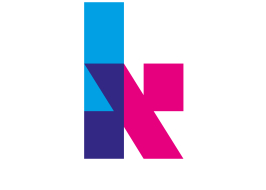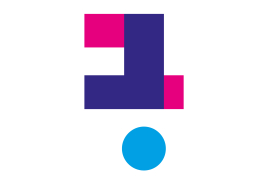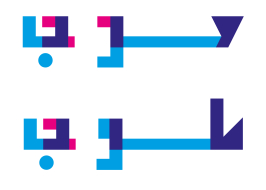Yuliana Gorkorov"Letter Shape"The David Lopatie International Conference Center, Weizmann Institute of Science, Rehovot1
Anyone who writes, or edits, or reads, from any ethnic group, nation, country, culture, gender, age, complexion, or worldview; everyone, no matter their background, should marvel at the phenomenon: Unknown markings drawn on paper, engraved in stone, carved on wood, stamped in clay, or traced in sand; signs in all languages, letters composed into words and sentences that carry meaning, represent ideas, thoughts, messages, information worth remembering that can be transmitted from one individual to another, or to future generations.
The invention of writing is probably the founding event of human civilizations, the starting line of our history. But over time, and with the development of different peoples in different parts of the world, different languages emerged, written with different letters, which appear to outsiders as an undecipherable secret code.
Yuliana Gorkorov, a young Israeli artist who lives and works in Germany, strives to go back, discover, expose – and express – that which unites people. In the first step of her journey, she calls upon all letters, in every language: “Letters of the World, unite!”
In a process that stretched over several years, Gorkorov connected letters from different alphabets with common origins, according to the sounds they represent, creating for each sound a letter that contains and incorporates within it elements from corresponding letters in other languages. The combined letters of the new alphabet that she thus created can be read in each of the languages from which they are derived.
This exhibition presents several of Gorkorov’s integrated alphabets.
BABEL2014 – A font that serves as a joint character set for the Hebrew, Latin, Arabic, and Cyrillic alphabets. Although the alphabets appear to be different at first glance, formal abstraction and letter rotation shows that even in this complex combination, the similarity is greater than the difference.
Abjad Lino – A Hebrew-Arabic layered font. The two languages have many similarities – words, grammar, writing direction, and letters; this font is designed to emphasize these commonalities. One layer of the bilingual font is Hebrew, the other – Arabic. When the layers overlap, the similarities and differences emerge. The font is particularly suitable for similar words, such as “day” or “house,” but also enables reading words or short phrases that are not similar in the two languages.
For example, when the words صباح الخير (good morning) are written in Arabic, it is also possible to read the greeting in Hebrew, as well, Sabah al-khair.
Born in Ukraine, Yuliana Gorkorov grew up in Israel and lives in Germany, where she studied and received a master’s degree at the Folkwang University of the Arts. Her final project, The Global Alphabet, presented in this exhibition, was awarded First Prize in the student category at the TDC64 International Typography Competition in New York. The project has been displayed at various exhibitions and conferences, including TYPO Berlin and TEDxBerlin. In recent years, Yuliana has been working as a designer in the theater.













